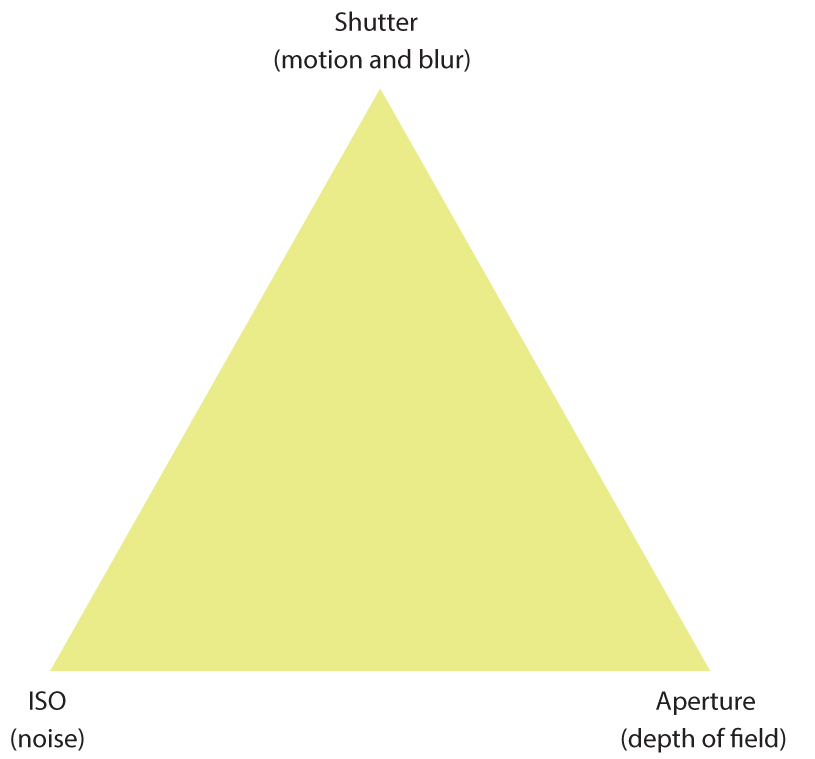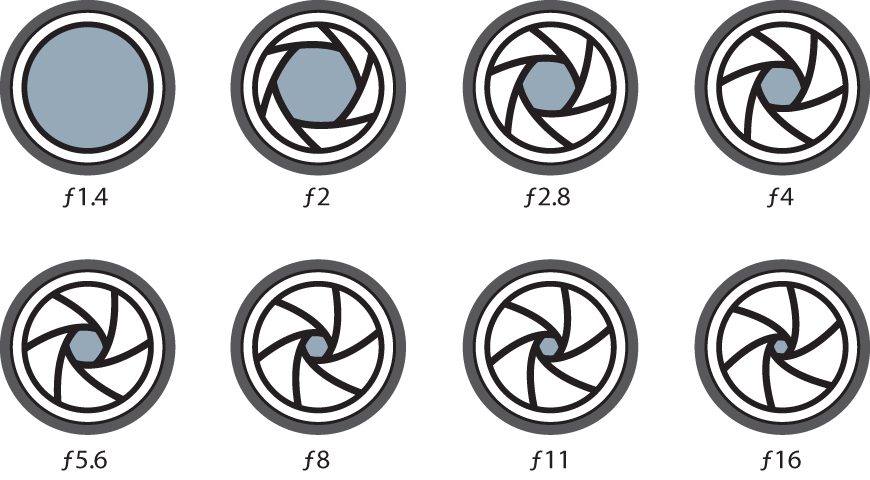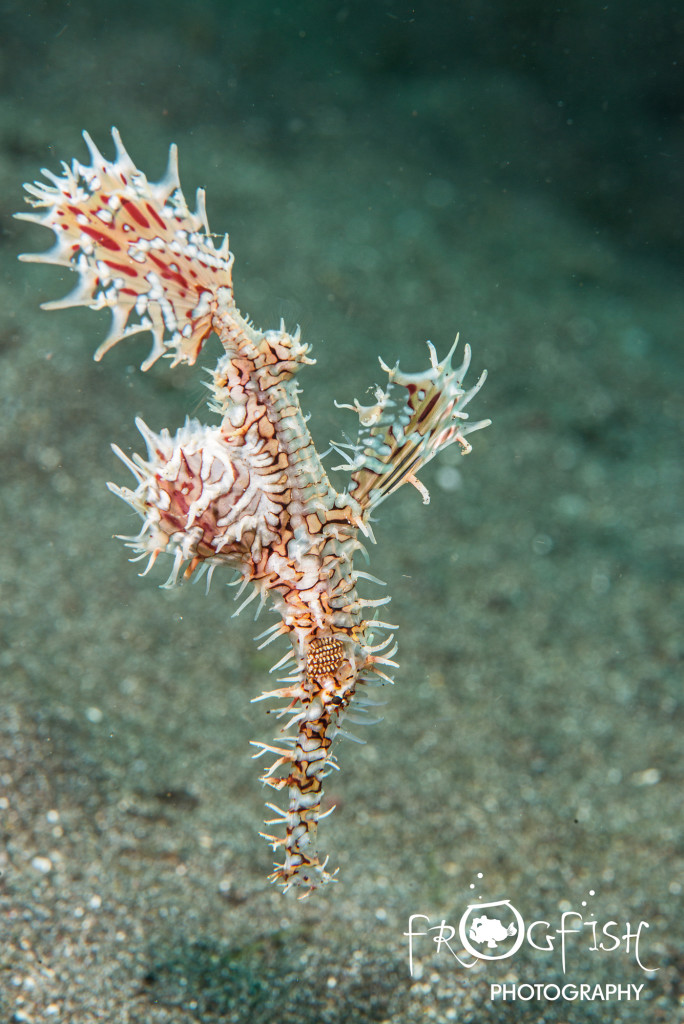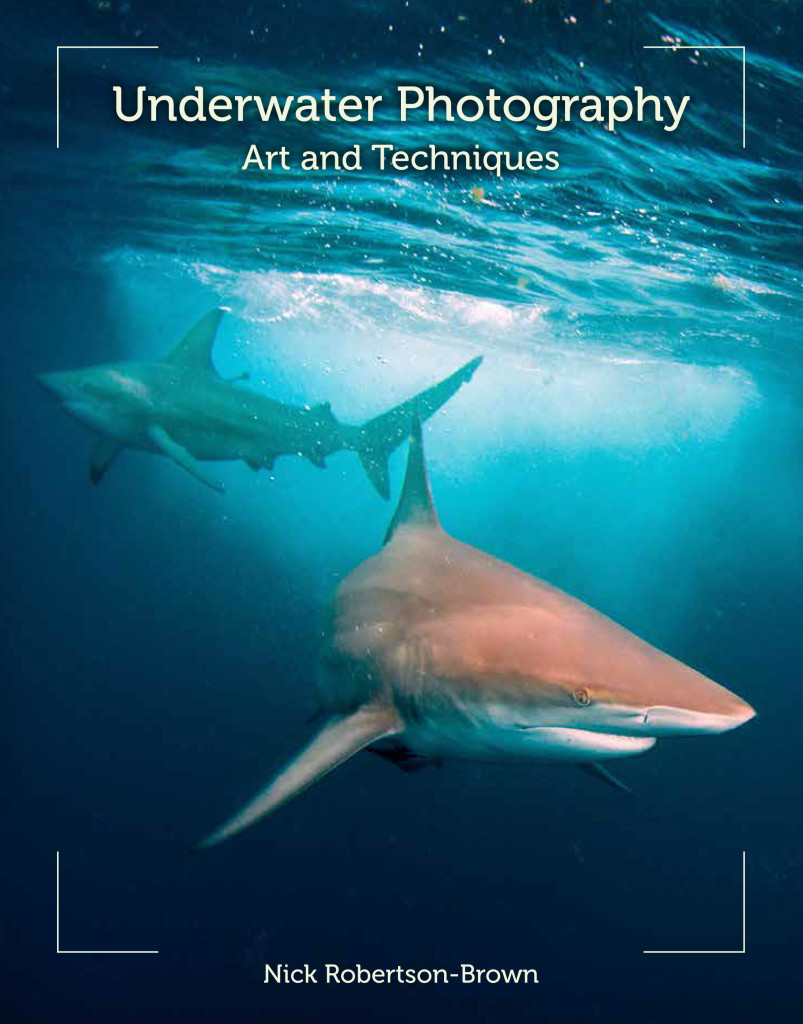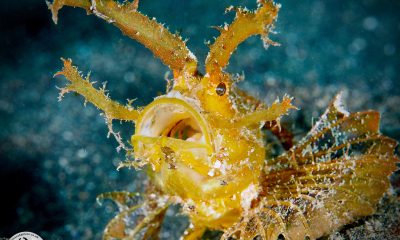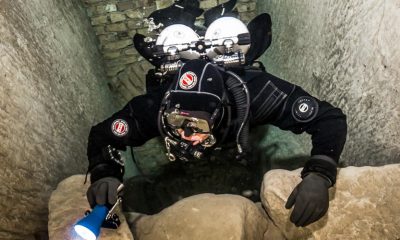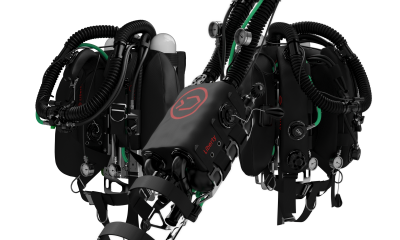News
Underwater Photography Essentials: Part 1
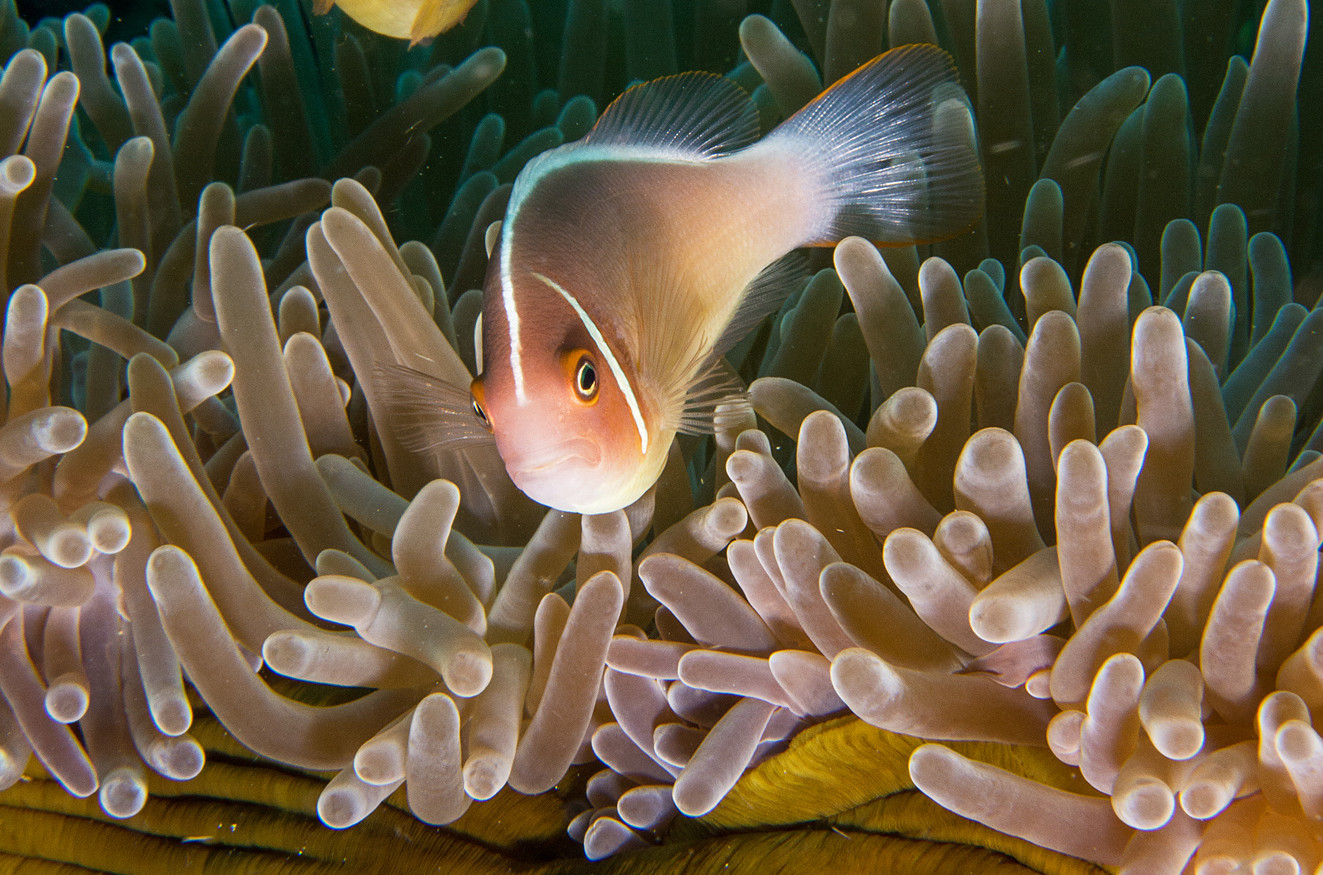
Tips, ideas and advice for budding underwater photographers
by Nick Robertson-Brown FRPS
Part 1: Getting to grips with your camera settings – Aperture
When you look at your subject underwater, without using artificial light, there are essentially three factors that you can change on your camera to create the image you want. These three factors are aperture, shutter speed and ISO and all three have an effect upon how the image will look. Each will have their own individual characteristic upon the outcome of your image, and usually, by changing one of these factors, one of the others will need to be adjusted to compensate for what you have done. In order to maintain the same amount of light in your image, the exposure value (EV), increasing the light from one of these factors will mean you need to decrease the light using one of the other two.
It is a case of balancing the light to get the right value for the image you want to create. How you balance this value will give you, the photographer, control of how you wish the image to look. In this first article, we are going to look at Aperture.
Aperture
The aperture is the space behind the lens through which the light enters the camera, and hence, the sensor. The aperture works very much in the same way as the pupil of the human eye. In bright light, the pupil will close down to a small round opening, hence restricting the amount of light that falls on the retina. As it gets darker, the pupil dilates to allow more light to enter the eye. The aperture of the camera’s lens can be opened and closed, just like the pupil of the eye, and if you have your camera in the auto setting, this is one factor the camera may use to change the exposure value. This is why I think it is important that you should use the manual setting so you have control of how you want to present your image.
Aperture Setting
The aperture setting is referred to as the f-stop or f-number, and the smaller the number, the larger the aperture. Mechanically, the size of the hole is determined by a circle of blades that cause the central aperture to open and close by the overlapping of these blades on each other. Closing the aperture will restrict the amount of light hitting the sensor and the f-number increases. This f-number is not just a random figure, but is in fact a ratio of the focal length of the lens to the physical size of the aperture. In most compact cameras there is no mechanical closing of an aperture but its attributes are produced electronically to give the same effect.
The figure above shows the f-value and all camera lenses are calibrated using the same f-stop scale. The range of aperture numbers does vary from one lens to another, with the greater range generally equating to the greater price. The scale, however, is always constant and each increase in f-stop number equates to half the amount of light that is allowed through to the sensor.
Depth of Field
Opening and closing the aperture, or decreasing and increasing the f-stop, would appear to be a simple way of changing the light level on the sensor. As the aperture is opened however, the depth of field is reduced, and this has a very noticeable effect upon the image. The depth of field is defined as the amount of the image which appears to be acceptably in focus, and changing the depth of field on your subject can create very different images.
As you can see from the above image, the pygmy seahorse is in sharp focus. The rest of the coral behind it is totally out of focus, and this has the effect of making the seahorse, your subject, pop out from the picture.
And again with this ghost pipefish, the subject is in focus, but the background is blurry and there can be no misunderstanding as to what the subject is.
This does not necessarily mean that you should always use a small depth of field to make your subject pop out, and there are times when the environment around the subject is important. This technique is used by many underwater photographers as it allows you to virtually eliminate any messy background by using a low f-stop number to create a small depth of field. This is ideal for when your subject will not come out into the open. The blurry background in an image is called “Bokeh”
Of course, sometimes you want to show the critter in its environment and to do this, you need to increase the f-stop (close down the aperture). As a result of closing down the aperture, the exposure value will go down as you are letting less light onto the sensor. Within the exposure triangle, there are two other factors you can adjust and I will be looking at these controls next time.
————————————————————————————————————————————————————
Do you want to learn more? You can pick up a copy of Nick’s book “Underwater Photography Art & Techniques” by clicking here.
Underwater Photography Courses
Contact Nick for information on the Frogfish Photography Complete Underwater Photography Award, designed for 1:1 and small group sessions to improve your underwater photography at your pace.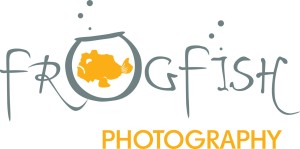
www.frogfishphotography.com | frogfishphotos@gmail.com | +44 (0)161 9177101
News
Dive Worldwide Announces Bite-Back as its Charity of the Year

Over the next 12 months, specialist scuba holiday company Dive Worldwide will be supporting Bite-Back Shark & Marine Conservation with donations collected from client bookings to any one of its stunning dive destinations around the world. The independently-owned operator expects to raise £3000 for the UK charity.
Manager at Dive Worldwide, Phil North, said: “We’re especially excited to work with Bite-Back and support its intelligent, creative and results-driven campaigns to end the UK trade in shark products and prompt a change in attitudes to the ocean’s most maligned inhabitant.”
Bite-Back is running campaigns to hold the media to account on the way it reports shark news along with a brand new nationwide education programme. Last year the charity was credited for spearheading a UK ban on the import and export of shark fins.
Campaign director at Bite-Back, Graham Buckingham, said: “We’re enormously grateful to Dive Worldwide for choosing to support Bite-Back. The company’s commitment to conservation helps set it apart from other tour operators and we’re certain its clients admire and respect that policy. For us, the affiliation is huge and helps us look to the future with confidence we can deliver against key conservation programmes.”
To launch the fundraising initiative, Phil North presented Graham Buckingham with a cheque for £1,000.
Visit Dive Worldwide to discover its diverse range of international scuba adventures and visit Bite-Back to learn more about the charity’s campaigns.
MORE INFORMATION
Call Graham Buckingham on 07810 454 266 or email graham@bite-back.com
Gear News
Scubapro Free Octopus Promotion 2024

Free Octopus with every purchase of a SCUBAPRO regulator system
Just in time for the spring season, divers can save money with the FREE OCTOPUS SPRING PROMOTION! Until July 31st SCUBAPRO offers an Octopus for free
with every purchase of a regulator system!
Get a free S270 OCTOPUS with purchase of these combinations:
MK25 EVO or MK19 EVO with A700
MK25 EVO or MK19 EVO with S620Ti
MK25 EVO or MK19 EVO with D420
MK25 EVO Din mit S620Ti-X
Get a free R105 OCTOPUS with purchase of the following combinations:
MK25 EVO or MK19 EVO with G260
MK25 EVO or MK17 EVO with S600
SCUBAPRO offers a 30-year first owner warranty on all regulators, with a revision period of two years or 100 dives. All SCUBAPRO regulators are of course certified according to the new European test standard EN250-2014.
Available at participating SCUBAPRO dealers. Promotion may not be available in all regions. Find an authorized SCUBAPRO Dealer at scubapro.com.
More information available on www.scubapro.com.
-
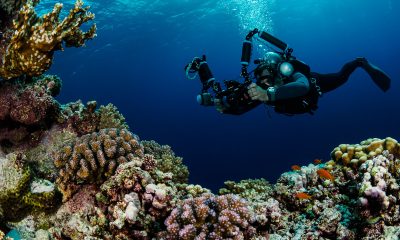
 News3 months ago
News3 months agoHone your underwater photography skills with Alphamarine Photography at Red Sea Diving Safari in March
-
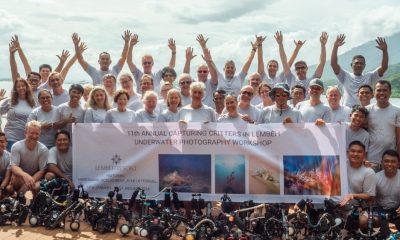
 News3 months ago
News3 months agoCapturing Critters in Lembeh Underwater Photography Workshop 2024: Event Roundup
-
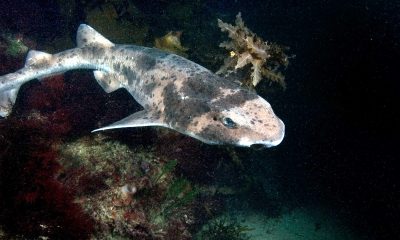
 Marine Life & Conservation Blogs3 months ago
Marine Life & Conservation Blogs3 months agoCreature Feature: Swell Sharks
-

 Blogs2 months ago
Blogs2 months agoMurex Resorts: Passport to Paradise!
-
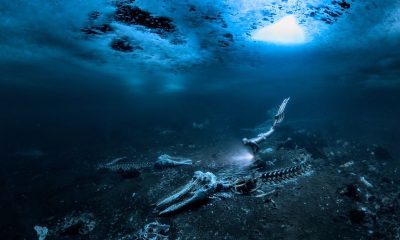
 Blogs2 months ago
Blogs2 months agoDiver Discovering Whale Skeletons Beneath Ice Judged World’s Best Underwater Photograph
-
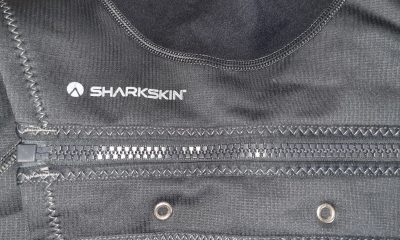
 Gear Reviews2 weeks ago
Gear Reviews2 weeks agoGEAR REVIEW – Revolutionising Diving Comfort: The Sharkskin T2 Chillproof Suit
-
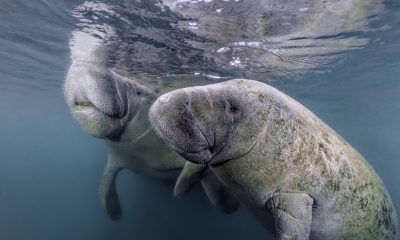
 Marine Life & Conservation2 months ago
Marine Life & Conservation2 months agoSave the Manatee Club launches brand new webcams at Silver Springs State Park, Florida
-

 Gear Reviews3 months ago
Gear Reviews3 months agoGear Review: Oceanic+ Dive Housing for iPhone


